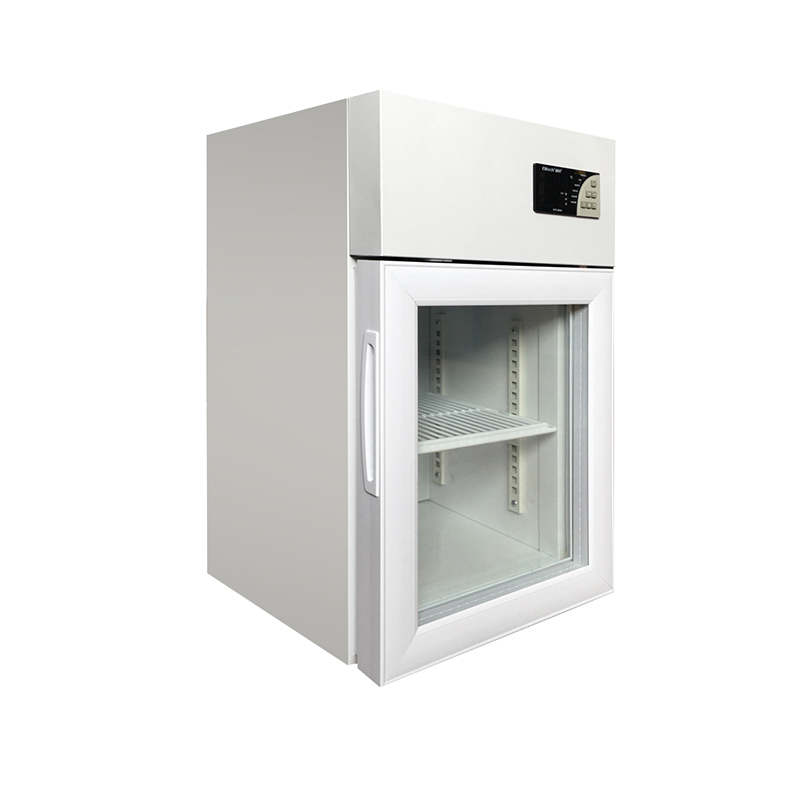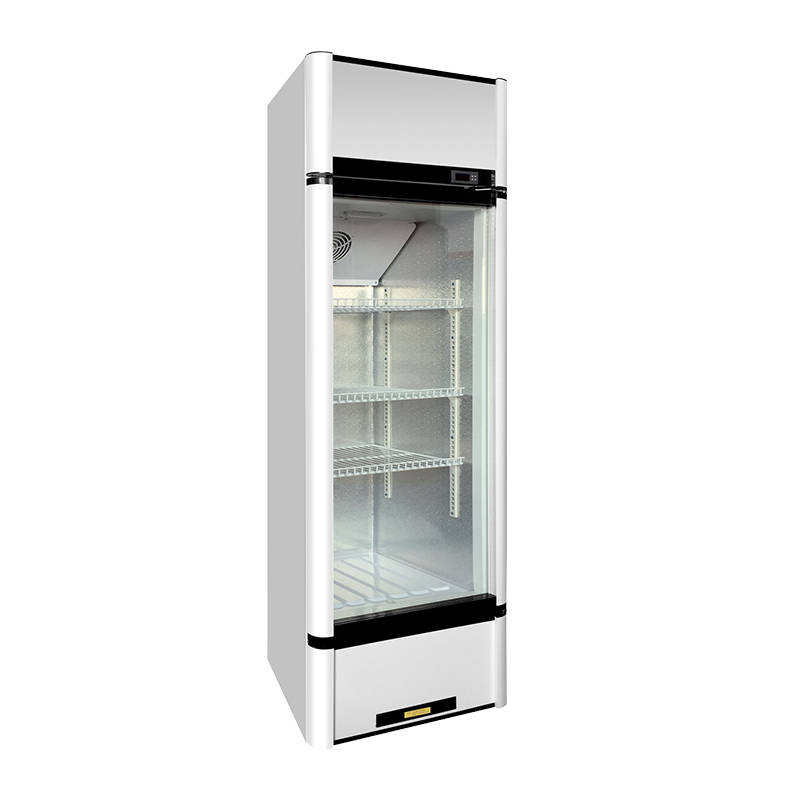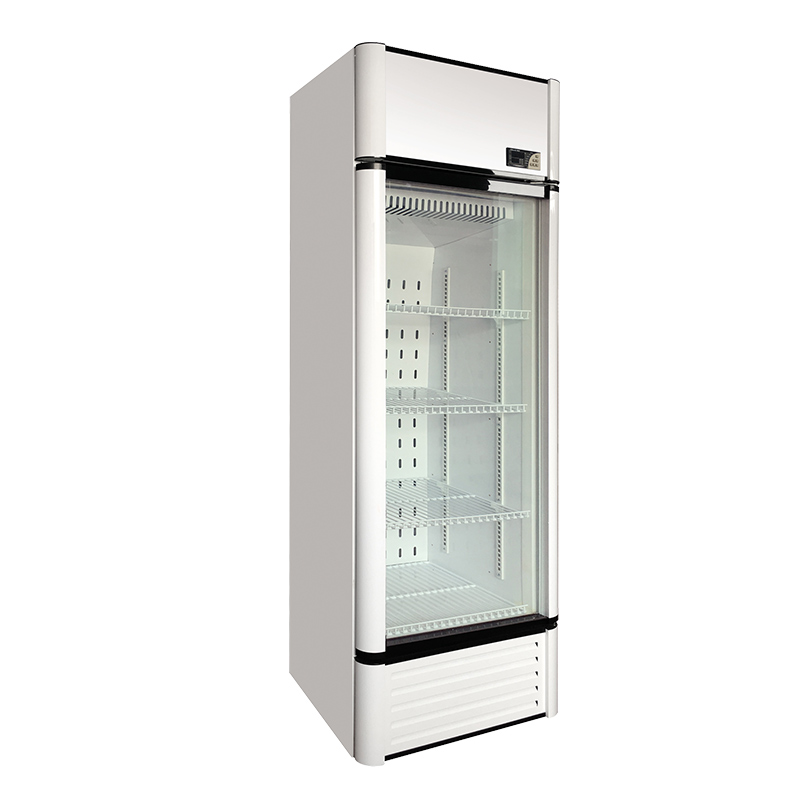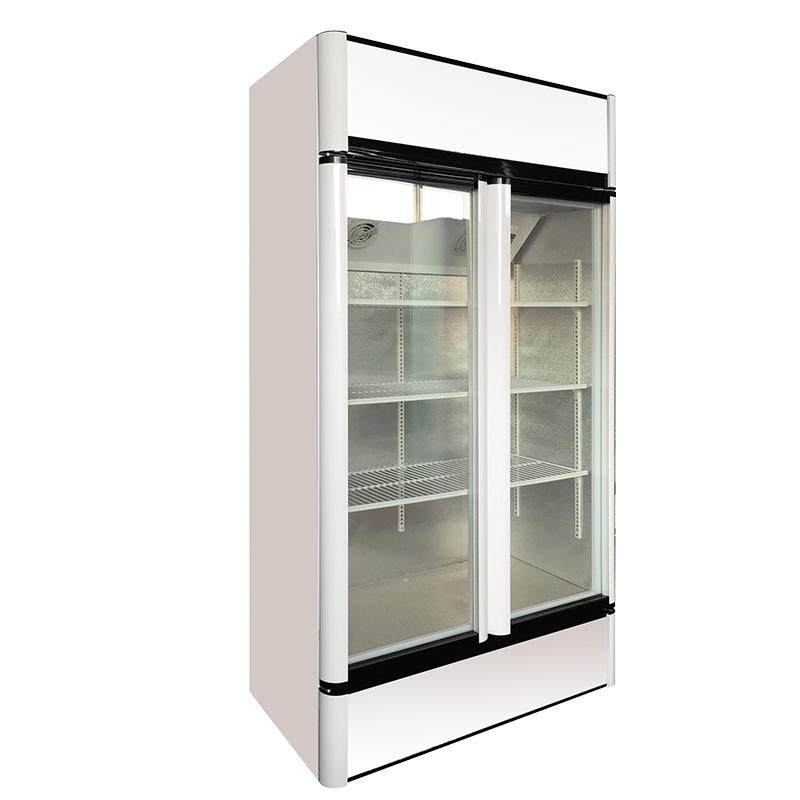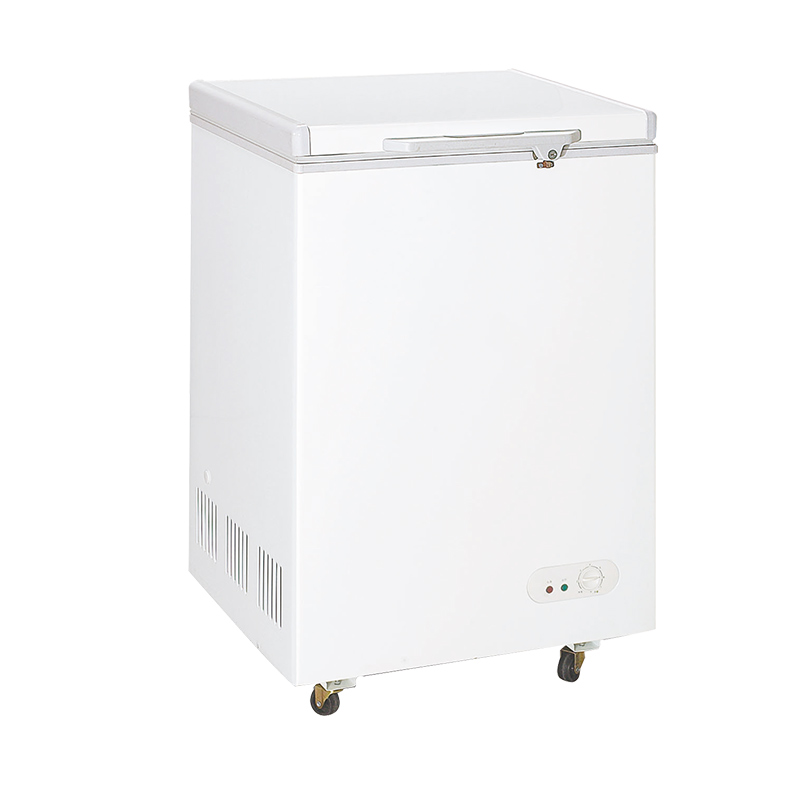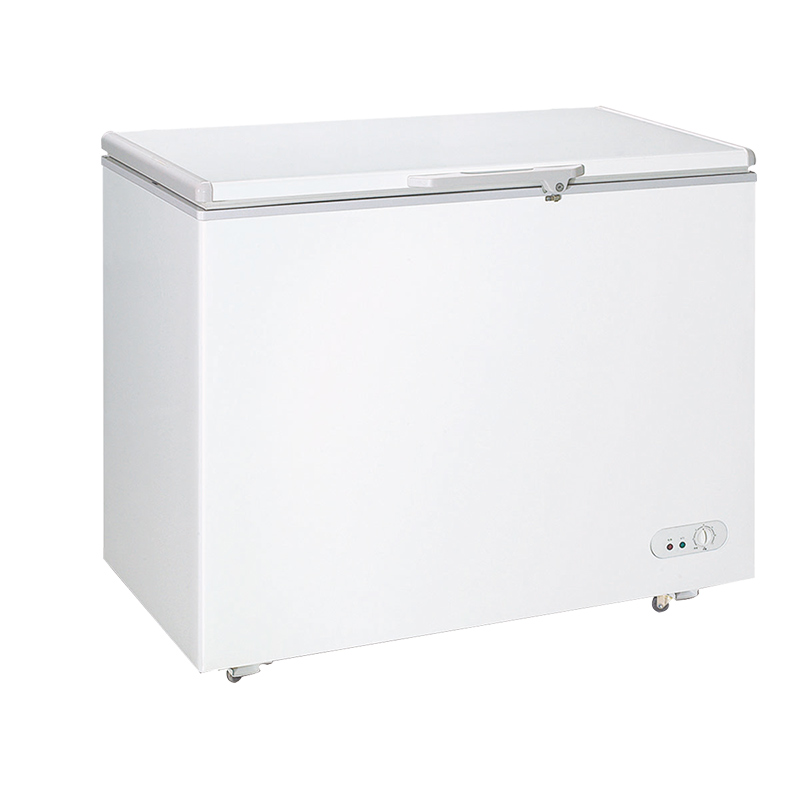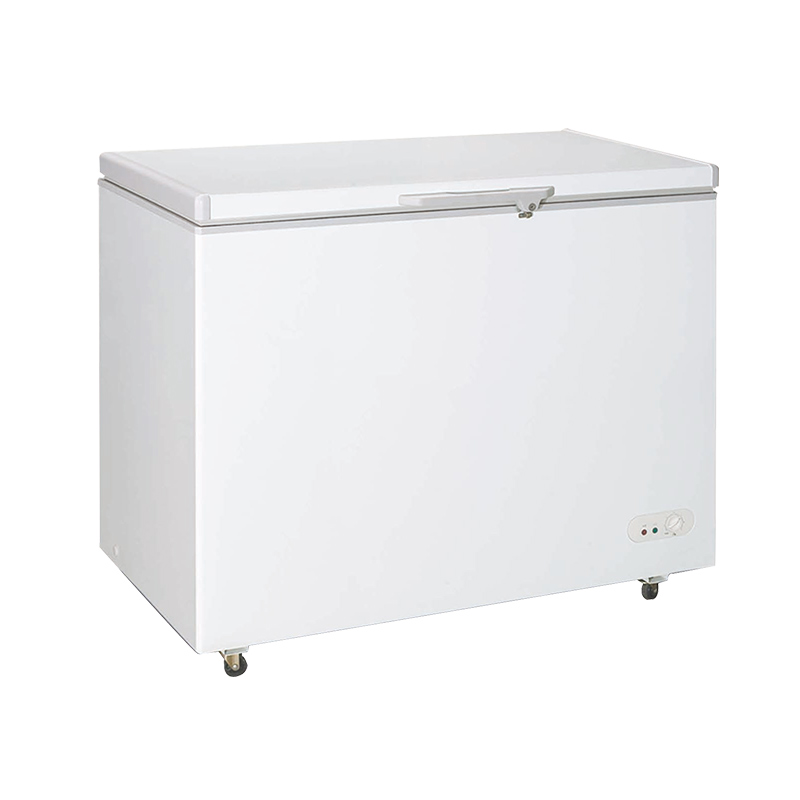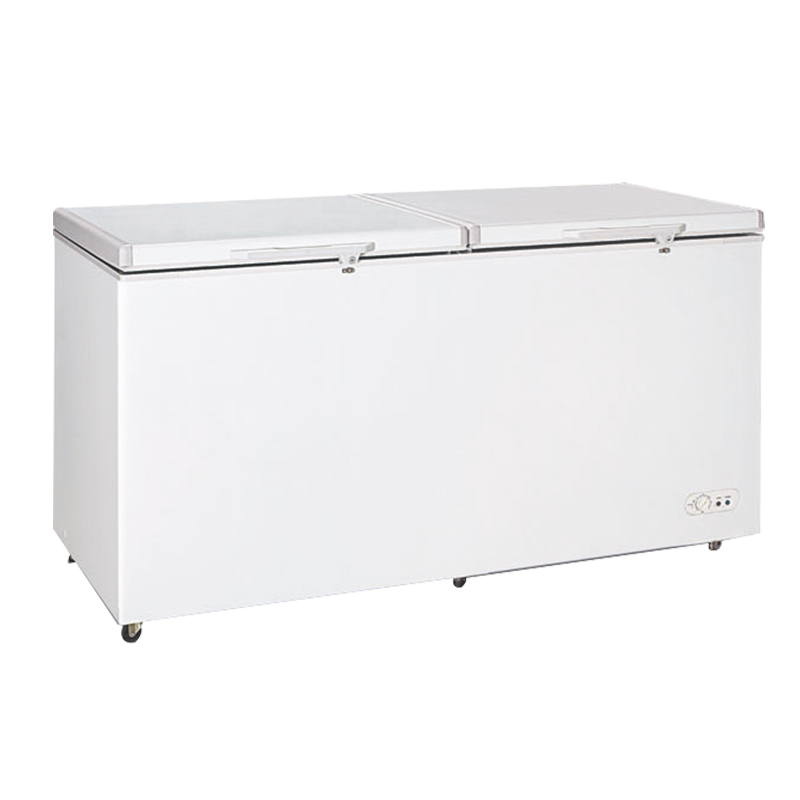Compressor-Based Refrigeration: Discusses the traditional compressor-based refrigeration system, which utilizes a compressor, condenser, expansion valve, and evaporator to cool the interior of the refrigerator.
Evaporator Coils: Explains how evaporator coils located inside the refrigerator absorb heat from the interior, causing the refrigerant to evaporate and remove heat from the air.
Condenser Coils: Describes the role of condenser coils, typically located on the back or bottom of the refrigerator, in releasing heat absorbed from the interior to the surrounding environment.
Cyclic Operation: Details the cyclic operation of the refrigeration system, where the compressor compresses the refrigerant gas, increasing its temperature and pressure, before it enters the condenser coils to release heat and condense into a liquid.
Refrigerant Selection: Explores the choice of refrigerants used in household refrigerators, considering factors such as environmental impact, energy efficiency, and regulatory compliance.
Frost-Free Technology: Discusses frost-free or auto-defrost systems, which prevent the buildup of frost and ice inside the refrigerator by periodically heating the evaporator coils to melt accumulated frost.
Dual Cooling Systems: Examines the use of dual cooling systems in some modern refrigerators, where separate cooling mechanisms are employed for the refrigerator and freezer compartments to optimize temperature control and humidity levels.
Inverter Technology: Explores the adoption of inverter compressor technology, which allows for variable-speed operation and precise temperature control, resulting in energy savings and quieter operation compared to traditional compressors.
Air Circulation Systems: Describes the role of air circulation systems, including fans and ducts, in distributing cold air evenly throughout the refrigerator compartments to maintain uniform temperatures and minimize temperature fluctuations.
Smart Sensors and Controls: Highlights the integration of smart sensors and electronic controls in modern refrigerators, enabling features such as adaptive defrost cycles, temperature monitoring, and energy-saving modes for improved efficiency and convenience.
By understanding the refrigeration technologies employed in household refrigerators, consumers can make informed decisions when selecting appliances that meet their storage needs, energy efficiency requirements, and budget considerations.


 English
English عربى
عربى